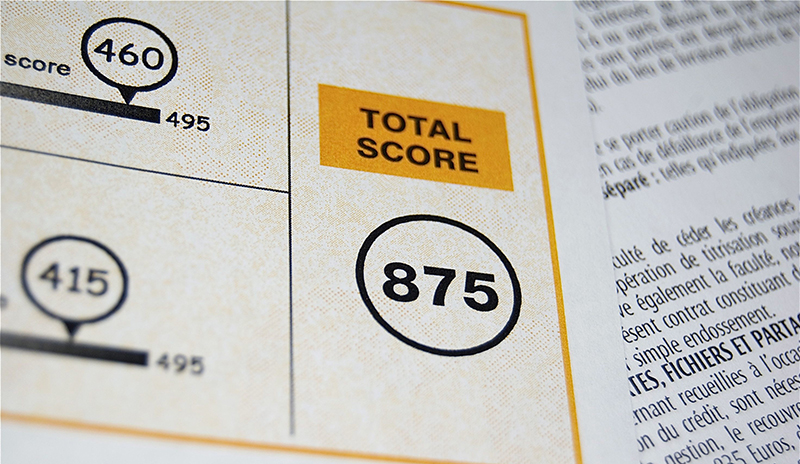
Unlocking Success: Mastering IELTS Reading True/False/Not Given Questions
IELTS Reading Tips: Navigating the True/False/Not Given Maze
Introduction
Embarking on the IELTS journey? The Reading section, specifically the True/False/Not Given questions, can be a challenging terrain. Fear not! In this guide, we’ll unravel the secrets to master this particular question type and boost your IELTS Reading score.
Understanding True/False/Not Given
Decoding the Labels
Before diving into strategies, let’s clarify the labels:
- True: The information in the statement is confirmed by the passage.
- False: The information in the statement contradicts the passage.
- Not Given: The information’s presence or absence in the passage is inconclusive.
Strategies for Success
Read, Don’t Skim
True/False/Not Given questions demand careful reading. Skimming might cause you to miss crucial details. Take your time to understand the nuances of the passage.
Keyword Identification
Identify keywords in both the question and the passage. These are the anchors guiding you to the relevant information. Pay attention to synonyms or paraphrased words.
Beware of Traps
IELTS examiners are cunning. They may present information that seems correct on the surface but is subtly misleading. Stay vigilant and cross-verify details.
Tackling True Statements
Exact Match? True!
For a statement to be True, the passage should confirm every detail in the statement. Even a small deviation makes it False. Look for direct matches.
Beware of Extreme Language
Absolute words like “always” or “never” can be red flags. If the passage contains a more moderate expression, the statement is likely False.
Handling False Statements
Contradiction Check
False statements directly conflict with information in the passage. Look for opposing viewpoints or information that negates what the statement claims.
Watch for Partial Agreement
A statement may be partially correct but contain a crucial error. If there’s any inconsistency, mark it as False.
Deciphering Not Given
Information Absence
Not Given statements hinge on the absence of information. If the passage is silent on a particular detail, it’s Not Given. Avoid making assumptions.
No Guesswork Allowed
Resist the urge to guess. If the information isn’t explicit in the passage, it’s Not Given, regardless of your background knowledge.
Remember, practice is key. Familiarize yourself with various topics and question structures to build confidence. Approach each passage with a calm and focused mind, and success in the IELTS Reading section will be within your grasp.
Frequently Asked Questions
- Is skimming recommended for True/False/Not Given questions?
- Skimming is not recommended. Careful reading is essential to grasp the nuances and details needed for accurate answers.
- How can I identify keywords effectively?
- Pay attention to nouns, verbs, and adjectives in both the question and the passage. These are often the keywords that lead you to the relevant information.
- What should I do if a statement contains extreme language?
- Approach with caution. Extreme language may indicate a False statement. Look for more moderate expressions in the passage.
- Can a statement be both True and False?
- No. A statement is either True, False, or Not Given. If there’s any deviation from the statement in the passage, it’s False.
- Is background knowledge useful for Not Given questions?
- Background knowledge is irrelevant for Not Given questions. Base your answers solely on the information presented in the passage.
Leave a Reply